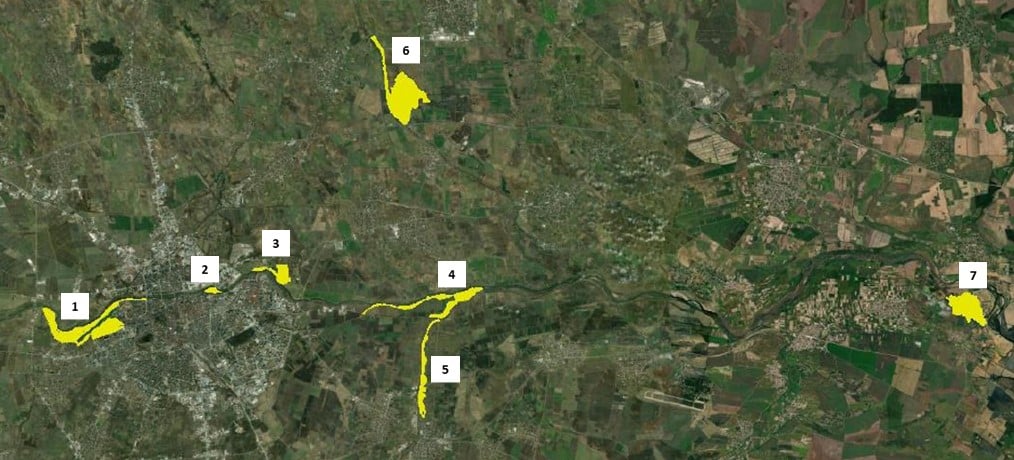Spatiotemporal habitat use and impacts of habitat fragmentation on Lizards
My group just published two new papers on the effects of habitat loss on tick load in the eastern green lizard Lacerta viridis and spatiotemporal patterns of habitat use by the sand lizard Lacerta agilis. Both studies required numerous hours of fieldwork and many students were involved. Special thanks to all of them for their enthusiasm!
The distribution and occurrence of a species in its habitat are inevitably linked to its ecology. To successfully monitor and protect species, it is important to investigate which species-specific factors influence its interactions with the environment. In this study, we focus on patterns in habitat use of the Sand Lizard (Lacerta agilis). Differences in seasonal, as well as sex and size class-dependent habitat use, have been reported from the edges of this species’ range. To verify such trends in the core area of its distribution, we analyzed the habitat factors weather, microclimate, microhabitat structures, and time dependence, which may have an impact on the use of space of the Sand Lizard. Using generalized linear models, hypervolumes, density estimations, and Chi-squared tests, we found that the movement patterns of individuals can neither be described by time differences, climatic conditions, or habitat composition nor do they show habitat- or weather-related differences of movement between sexes or size. Here we demonstrate that in the case of a population from the core of this species’ distribution area in the Dellbrücker Heide (Germany), habitat use is solely influenced to a low degree by differences related to the ontogeny of Sand Lizards and does not depend on any of the other evaluated factors. These results are in enormous contrast to findings in populations from the periphery of their distribution, i.e., the United Kingdom, Latvia, Romania, Bulgaria, and the Pyrenees. This implies that seasonal habitat shifts are more extreme at the edges of the range of L. agilis, serving to compensate deteriorating habitat conditions in the periphery.

Habitat loss can increase the susceptibility of individuals to parasitic infections, and hence, parasite load can serve as an early warning indicator of stress before the persistence of a population becomes threatened. In this study, we tested the effects of patch characteristics, isolation and landscape composition resulting from habitat loss on the tick load of individuals from central populations of the Eastern Green Lizard Lacerta viridis. We identified the spatial scale at which each landscape composition parameter has the strongest effect and evaluated its effects at this scale. Additionally, we tested the relationships between tick load and population density and body condition (BC) to understand possible mechanisms that determine tick loads in populations. We found that tick load was not affected by host population density. BC was not found to be affected by tick load, but BC did have a negative effect on lizards’ tick loads. The proportion of habitat and cropland in the landscape and patch size had positive effects on tick loads, whereas the proportion of urbanized areas, isolation and perimeter/area ratio had negative effects. We discuss our finding in the context of how the landscape can affect tick populations and other potential hosts. We conclude that tick load can be a suitable early warning indicator of negative effects of habitat loss, reflecting the susceptibility of lizards to infestation. We suggest that this indicator be included in monitoring programs aiming at evaluating the status of populations of L. viridis in modified landscapes, and recommend that conservation measures be focused on the protection of habitat at broader scales to compensate negative effects of cropland and urbanized areas occurring at small scales.

